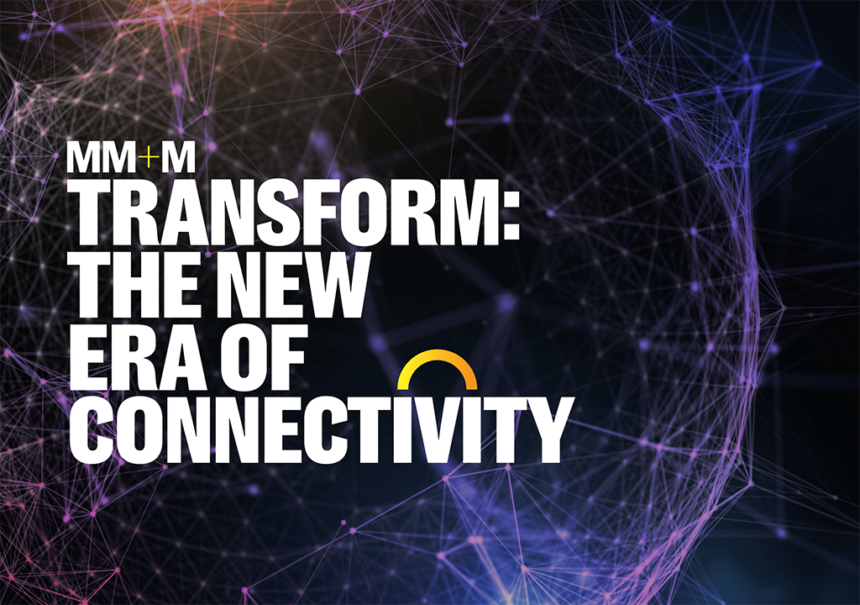Healthcare marketers and technologists congregated at New York City’s Edison Rooftop Tuesday for MM+M’s Transform ’23: The New Era of Connectivity event.
On the docket were wide-ranging discussions on a number of industry-related topics, including innovation, data capabilities, changing patient expectations and the post-pandemic landscape.
Below are three key takeaways from the morning sessions.
1. Healthcare is playing catch up
In a conversation with Steve Madden, VP and GM of Haymarket Business Media, Dr. Geeta Nayyar pressed for the industry to continue to build upon the innovations that were borne out of the COVID-19 pandemic.
Patient expectations have changed in significant ways, she said, which means that healthcare organizations need to respond in kind and the marketers that support them need to augment their brand messaging accordingly.
Nayyar noted how retail companies have a better understanding of what their consumers are looking for in terms of the customer experience. Their healthcare counterparts should take note of leveraging their data and technological capabilities to catch up.
Additionally, Nayyar discussed ongoing issues with health misinformation, urging providers to pursue strategies and best practices to communicate more effectively with patients.
2. Driving patient engagement
Patient targeting is now patient identifying and understanding, according to Francesco Lucarelli, chief commercial officer and partner at Boundless Life Sciences Group.
To that end, Cindy North, executive director of RLT patient marketing at Novartis, added that patient targeting has to be cognizant of diversity, equity and inclusion, especially in light of the racial disparities that were put on full display during the COVID-19 pandemic.
Mending the fences between patients and physicians also needs to be a priority as the dust settles on the post-pandemic landscape, according to Amanda Scott, associate director, US IOL marketing at Alcon Labs. She said it’s incumbent upon not only providers, but also drug manufacturers and suppliers, to make the patient experience more inviting than it was even before the pandemic.
When it comes to data, brands need to not be overwhelmed by the idea of gathering and sifting through large amounts of first party data and instead look at how it will help better engage patients going forward.
That said, the concepts of transparency, which have become more popularized in
“I think it’s so critical to drive transparency through every part of the healthcare journey, both for providers and patients,” said Divya Iyer, VP of strategy and business development at GoodRx.
3. Data remains king
Several sessions focused on Big Data and why healthcare organizations and their accompanying medical marketers need to lean in instead of shying away.
There is more information available to companies than ever before, but analyzing and making use of it in an tangible way is an entirely different task than simply collecting as much as possible.
The upshot of these conversations was that in the burgeoning era of ChatGPT and renewed interest in artificial intelligence, medical marketers can either embrace the technology at hand and use it to their advantage, or get left behind while others make headway.








